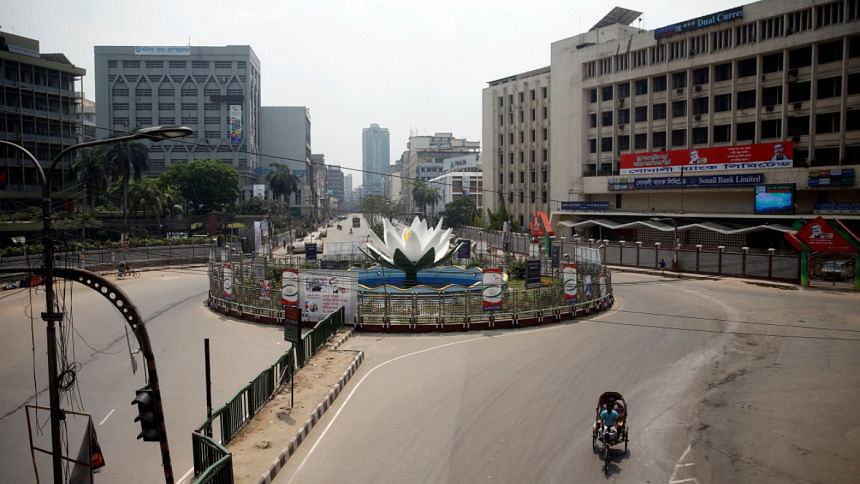Islamic banks’ deposit share continues to shrink in Jan–Mar quarter

The share of deposits of Islamic banks declined in the January–March quarter of 2025, continuing a downward trend of recent months.
The banks held Tk 3,76,163.46 crore in deposits during the three-month period, which was 19.56 percent of the total deposits, down from 20.14 percent in the October–December quarter and 20.91 percent in July–September, according to Bangladesh Bank's latest data.
Meanwhile, the total deposit liabilities of scheduled banks rose by 2.11 percent during the quarter to Tk 19,23,504.88 crore at the end of March.
Of the total deposits, state-owned commercial banks accounted for 23.70 percent, specialised banks 2.84 percent, foreign banks 4.55 percent, and private commercial banks, including Islamic banks, 68.90 percent.
Although deposits increased in the January–March period, the growth was slower than the 3.20 percent or Tk 58,372.22 crore rise recorded in the preceding quarter.
However, it was stronger than the 0.75 percent growth seen in the same quarter of 2024.
The increase in deposits was supported by growth in both urban and rural areas.
Urban deposits rose by 1.94 percent to Tk 16,22,157.45 crore, while rural deposits went up by 3.05 percent to Tk 3,01,347.43 crore.
Urban deposits made up 84.33 percent of the total at the end of March 2025, slightly down from 84.48 percent in the previous quarter and 84.62 percent a year earlier.
On a year-on-year basis, total deposits rose by Tk 1,61,201.86 crore or 9.15 percent in March 2025, compared to a growth of Tk 1,49,240.38 crore or 9.25 percent in March 2024.
The quarterly rise in deposits was mainly driven by a Tk 25,277.01 crore or 1.94 percent increase in deposits at private banks.
Deposits at state-owned banks rose by Tk 12,067.46 crore or 2.72 percent, specialised banks by Tk 2,359.72 crore or 4.51 percent, and foreign banks by Tk 89.62 crore or 0.10 percent.
Year-on-year, private banks saw the largest growth in deposits, with a rise of Tk 1,21,267.11 crore or 10.07 percent, followed by state banks, specialised banks, and foreign banks

 For all latest news, follow The Daily Star's Google News channel.
For all latest news, follow The Daily Star's Google News channel. 



Comments